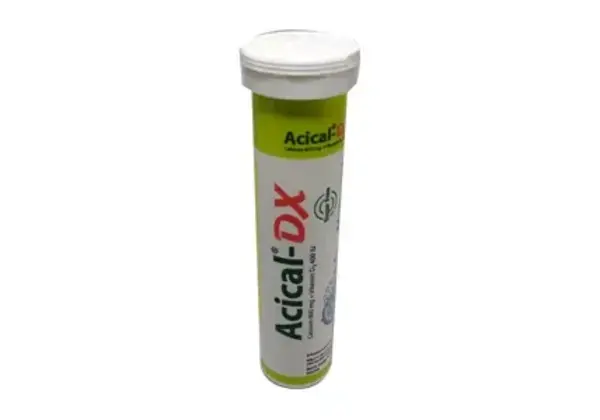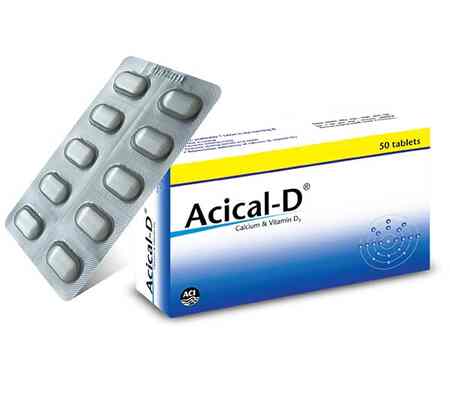-10%
Clonazepam
2 mg
Healthcare Pharmaceuticals Ltd.
Pharmacology
Clonazepam has pharmacological properties characteristic of the benzodiazepine class of drugs. Clonazepam
has sedative, hypnotic and anticonvulsant properties. Its basic anticonvulsive properties are also similar to
those of other benzodiazepines.
Indications
Anxiety as well as panic disorder, with or without agoraphobia. Epilepsy and other seizure disorders.
Dosage and administration
Standard dosage: The dosage of Clonatril® must be individually adjusted according to the patient’s clinical
response and tolerance of the drug. As a general rule, Clonatril® is given as low-dose, single-drug therapy in
new, non-therapy-resistant cases.
Oral treatment in Epilepsy: To avoid adverse reactions at the beginning of therapy, it is essential to increase the
daily dose progressively until the maintenance dose suited to the individual patient has been reached. The
initial dose for infants and children up to the age of ten years (or up to 30 kg bodyweight) is 0.01-0.03 mg/kg
daily. For children over ten years (or over 30 kg) and for adults, the recommended initial dose is 1-2 mg daily.
The maintenance dose for infants and children up to the age of ten years (or up to 30 kg body-weight) is
0.05-0.1 mg/kg daily. For children 10-16 years or over (or over 30 kg) a dose of 1.5-3 mg daily and for adults a
dose of 2-4 mg daily is recommended. Once the maintenance dose level has been reached, the daily amount
may be given in a single dose in the evening. The maximum therapeutic dose for adults is 20 mg daily.
In Panic Disorder: Clonazepam provides twice-a-day dosing schedule in panic disorder, which is generally well
tolerated. Clonazepam is usually started at a dosage of 0.25 to 0.5 mg twice a day and gradually increased by
0.25 to 0.5 mg every three to five days. Most patients with panic are effectively maintained on clonazepam 1 to
3 mg/day BID, although some patients may require higher dosage of 6 to 8 mg/ day. A three to four weeks
period should be considered to reach the maximum tolerated dose. Gradual tapering is also necessary when
discontinuing the drug, as abrupt cessation may result seizures, anxiety, headaches and insomnia. Clinicians
are generally advised to taper the dosage of Clonazepam by approximately 0.25 to 0.5 mg a week. Tapering in
even smaller decrements may be necessary in the final phases.
Duration: At least three months or according to the response. For some patients with panic disorder, six to
eight months or even one – year treatment may be required.
Pediatric Patients: There is no clinical trial experience with Clonatril® in panic disorder patients under 18 years
of age.
Restrictions on use
Contraindications: Clonatril® must not be used in patients with known hypersensitivity to clonazepam or any of
the drug’s excipients, in patients dependent on medication, drugs of abuse or alcohol, or in patients suffering
from myasthenia gravis. Clonatril® may be used only with particular caution in patients with spinal or
cerebellar ataxia, in the event of acute intoxication with alcohol, other antiepileptic drugs, hypnotics,
analgesics, neuroleptic agents, antidepressants or lithium, in patients with severe liver damage (e.g., cirrhosis
of the liver) or in patients suffering from sleep apnea. Precautions: The dosage of Clonatril® must be carefully
adjusted to individual requirements in elderly patients, patients with preexisting disease of the respiratory
system (e.g., chronic obstructive pulmonary disease), liver or kidneys, and in patients undergoing treatment
with other centrally acting medications or anticonvulsant (antiepileptic) agents (see Interactions). Like all
drugs of this type, Clonatril® may, depending on dosage, administration and individual susceptibility, modify
the patient’s reactions (e.g. driving ability, behaviour in traffic). Pregnancy, nursing mothers: Animal studies
have demonstrated that Clonatril® has undesirable effects on the fetus (teratogenicity, embryotoxicity or other
effects) but no controlled trails have been carried out so far in pregnant women. Under these circumstances,
the drug should only be administered to pregnant women if the potential benefits outweigh the risk to the
fetus. During pregnancy, Clonatril® may be administered only if there is a compelling indication.
Administration of high doses in the last trimester of pregnancy or during labour can cause irregularities in the
heartbeat of the unborn child, and hypothermia, hypotonia, mild respiratory depression and poor feeding in
the neonate. It should be borne in mind that both pregnancy itself and abrupt discontinuation of the
medication can cause exacerbation of epilepsy. Since Clonatril® passes into the breast milk, it must not be
taken during breast-feeding. If there is a compelling indication for Clonatril®, breast-feeding should be
discontinued.
Interactions
Clonatril® can be administered concurrently with one or more antiepileptic agents. But adding an extra
medicine to the patient’s regimen should involve a careful evaluation of the response to the treatment,
because unwanted effects, such as sedation and apathy are more likely to occur. In such cases, the dosage of
each medicine must be adjusted to achieve the optimum desired effect. Concurrent administration of liver
enzyme inducers such as barbiturates, hydantoins or carbamazepine, may accelerate the biotransformation of
clonazepam without affecting its protein binding. By contrast, clonazepam itself does not appear to induce the
enzymes responsible for its own metabolism.
In concurrent treatment with phenytoin or primidone, a rise in the serum concentration of these two
substances has occasionally been observed. The combination of clonazepam with valproic acid may
occasionally cause petit mal status epilepticus. Concurrent use of Clonatril® and other centrally acting
medications, e.g. other anticonvulsant (anti-epileptic) agents, anaesthetics, hypnotics, psychoactive medicines
and some analgesics as well as muscle-relaxants, may result in mutual potentiation of the medicinal effects.
This is especially true in the presence of alcohol. In combination therapy with centrally acting medications, the
dosage of each medicine must be adjusted to achieve the optimum effect. Epileptic patients being treated with
Clonatril® must under no circumstances consume alcohol since it may alter the effect of the medicine, reduce
the efficacy of treatment or produce unexpected unwanted effects.
Overdosage
Symptoms: The symptoms of overdosage or intoxication vary greatly from person to person depending on age,
bodyweight and individual response. They range from drowsiness and light-headedness to ataxia, somnolence
and stupor, and finally to coma with respiratory depression and circulatory collapse. Serious sequelae are rare
unless other medicines, drugs or alcohol have been taken concomitantly. Treatment: In the management of
overdose it should be borne in mind that multiple agents may have been taken. In addition to monitoring of
respiration, pulse rate and blood pressure, gastric lavage, i.v. fluid replacement with general supportive
measures and the provision of emergency facilities to deal with possible airways obstruction are indicated.
Hypotension may be treated with sympathomimetic agents. Warning: The benzodiazepine antagonist Anexate®
(active ingredient: flumazenil) is not indicated in patients with epilepsy who have been treated with
benzodiazepines. Antagonism of the benzodiazepine effect in such patients may provoke seizures.
Storage
Store at temperature not exceeding 30 ºC.
Protect from light.











Reviews
Clear filtersThere are no reviews yet.